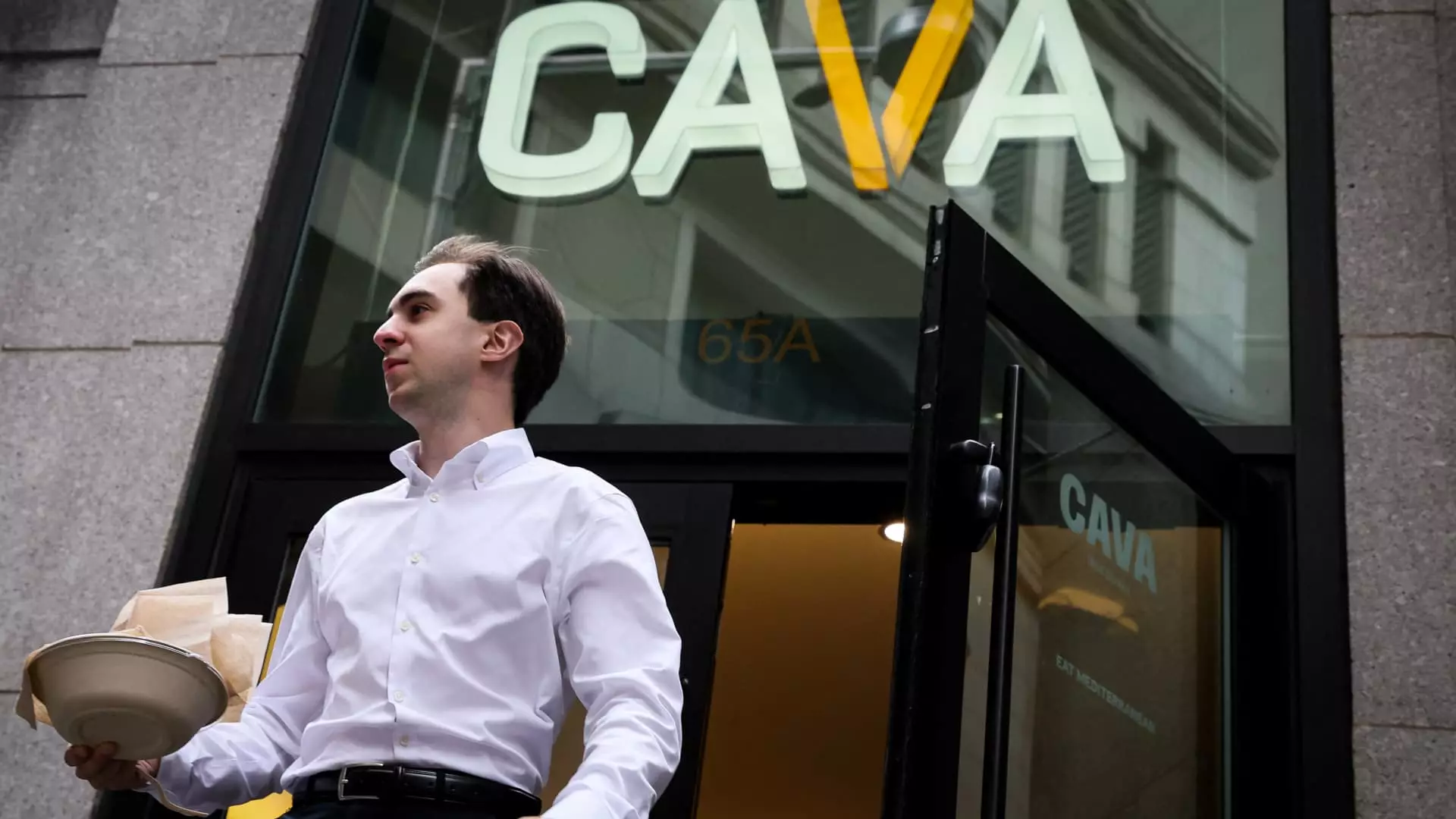In an era marked by economic uncertainty and cautious consumer spending, the restaurant industry finds itself at a pivotal crossroads. Traditional approaches—relying solely on quality, convenience, or branding—are no longer sufficient to navigate the turbulent waters of declining traffic and squeezed profit margins. Instead, the industry is increasingly banking on an unsung hero: loyalty programs. Once merely optional perks, these schemes have become critical tools for survival, enabling brands to forge deeper bonds with customers and buffer against a relentless decline in patronage.
The reality is stark: as foot traffic diminishes, maintaining revenue streams has become an uphill battle. Loyalty programs are now positioned not just as marketing accessories but as indispensable instruments for engagement. But what does this reliance reveal about the state of the industry? It underscores a hard truth—profitability in dining out now hinges less on the menu and more on the ability to keep customers returning repeatedly, even when their wallets are tighter.
From Extra to Essential: Loyalty Programs as the New Currency of Customer Retention
The data starkly illustrates the growing importance of these programs. Starbucks, with its impressive 34 million active rewards members, is a glaring example of how rewarding customer fidelity translates directly into sales. Over half of Starbucks’ U.S. transactions originate from loyalty members—a testament to the program’s success in ingraining itself into consumers’ routines. Similarly, Chipotle, boasting over 20 million active members, attributes roughly 30% of daily sales to its rewards scheme, an impressive feat that helps it sidestep the need for frequent price hikes.
In practice, loyalty isn’t just about discounts; it’s about cultivating habits. Research indicates that members visit 22% more frequently than non-members, and they tend to patronize those brands at twice the rate. This curated behavior helps companies build a dependable revenue base, but it also raises questions about the long-term sustainability of such dependency. Are these programs truly cultivating loyalty, or merely reinforcing transactional behavior driven by incentives? The fine line between genuine brand affinity and short-term manipulative tactics is a subtle but crucial debate.
Innovation or Stagnation? The Risks of Over-Reliance on Rewards
Brands are not simply resting on traditional loyalty constructs—they’re innovating with a variety of creative campaigns and program overhauls to stay ahead. Cava exemplifies this shift by redesigning its points system to offer more flexible redemption options, such as earning points that can be exchanged for pita chips or full meals. These small delights serve as “delight moments,” reinforcing a sense of gratitude and engagement that transcends transactional exchanges.
Meanwhile, Chipotle’s “Summer of Extras” campaign, offering free burritos for accumulating visits, aims to generate excitement and social media buzz. These tactics not only deepen the immediate connection but also aim to embed the brand into customers’ lifestyles. Yet, as these programs evolve, the question remains: are they sustainable? The industry’s financial tightrope walk means that freebies and promotions—while effective at increasing short-term engagement—can undermine margins if not carefully managed.
Among the risks is the danger of rewards becoming a substitute for meaningful brand value. If customers are driven only by discounts or freebies, what happens when these incentives are scaled back? The long-term loyalty that brands crave might ultimately be a fragile construct, susceptible to economic shocks or shifts in consumer sentiment. Moreover, as brands flood the market with offers, the distinction begins to blur—leaving consumers more skeptical and less responsive to overused tactics.
The Fine Line Between Engagement and Exploitation
Despite the apparent success stories, the darker side of loyalty programs lurks beneath the surface. Promotions such as Starbucks’ elimination of a reusable cup bonus in favor of extra stars across all purchases might appear neutral, but they highlight a concerning trend: brands are tightening control over the value exchange. While participation stays steady, some loyalists might see these changes as reductions in earning potential—a subtle move toward commodification of their allegiance.
The industry’s heavy reliance on freebies and discounts also raises ethical questions about profit sustainability and consumer manipulation. Are these programs genuinely fostering authentic loyalty, or are they merely encouraging repeat visits motivated by perceived rewards? When incentives are the primary driver, the risk is that the emotional connection to the brand becomes transactional rather than relational. Loyal customers should care about quality and service, not just the allure of freebies.
Furthermore, the increased focus on digital and tiered rewards, like Potbelly’s coin-based system, signals a move toward gamification that can be both clever and problematic. While it provides faster redemption and increased engagement, it can also lead to ‘reward fatigue,’ diminishing consumer enthusiasm over time. The challenge lies in striking a balance—offering enough to keep customers engaged without overwhelming or alienating them.
The Center-Left Perspective: A Call for Responsible Loyalty Strategies
From a center-wing liberal viewpoint, the expansion and reliance on rewards programs reveal deeper societal implications. While these initiatives can democratize access—offering value to lower-income consumers—they also risk turning loyalty into a tool for corporate profit maximization at the expense of broader community well-being. It’s essential that brands remain transparent about their intentions and ensure that rewards do not become an exploitative mechanism that deepens economic divides.
In the long run, meaningful loyalty should foster genuine community connections rather than transactional dependencies. Companies ought to focus on creating value that reciprocates loyalty with quality, social responsibility, and authenticity. Over-commercialization risks commodifying human interactions, reducing what should be a relationship of mutual respect into a mere game of points and freebies. Responsible stewardship of these programs involves recognizing their potential to either uplift communities or entrench corporate interests further.
Given the current economic climate, loyalty programs are more than just savvy marketing—they’re a reflection of broader societal shifts. Brands need to approach this balance carefully, understanding that true loyalty must be rooted in more than discounts. It involves building trust, delivering consistent value, and aligning with principles of fairness and social good. Only then can these programs foster genuine bonds capable of weathering the inevitable economic storms ahead.


Leave a Reply